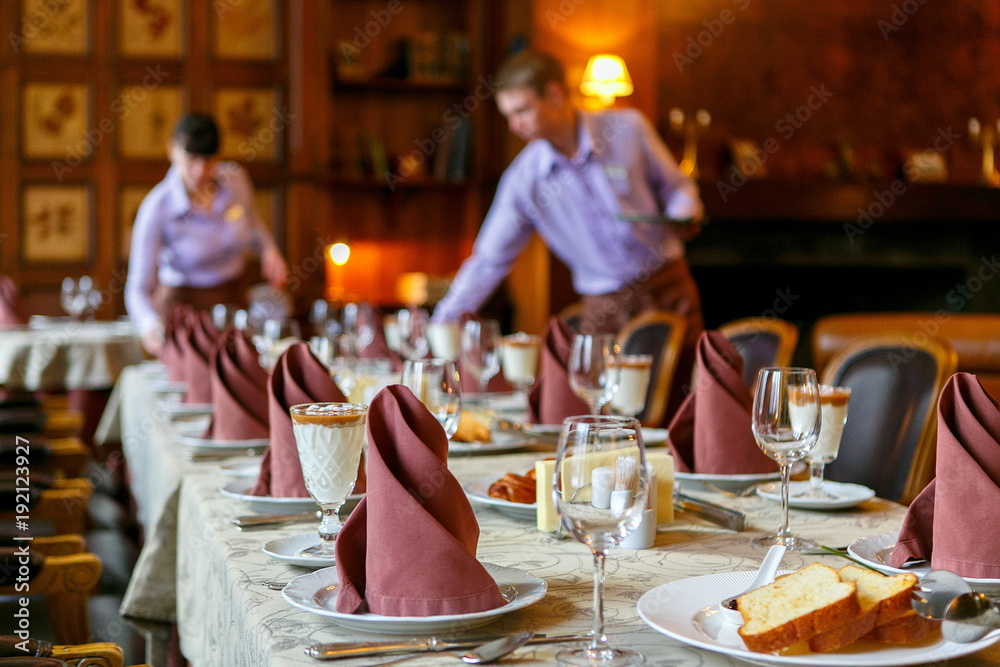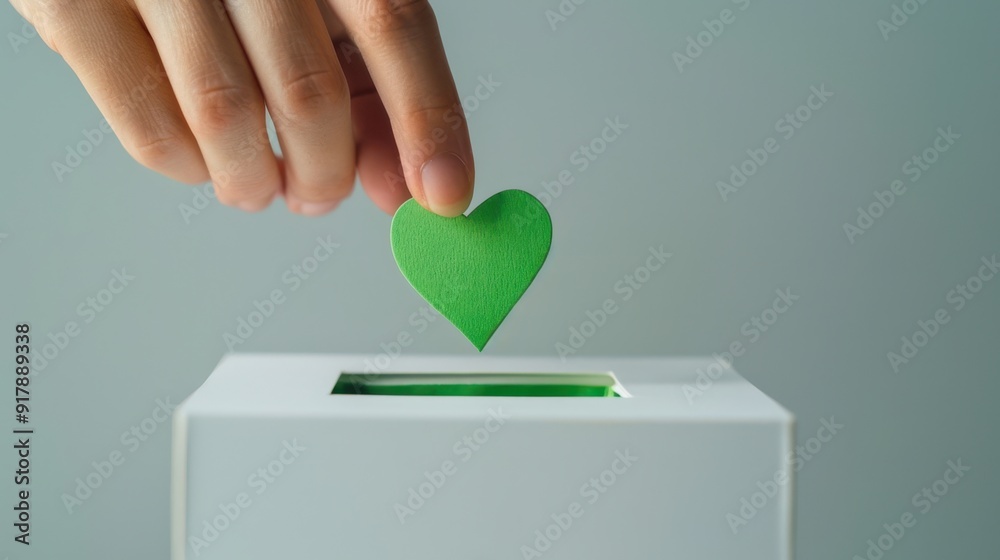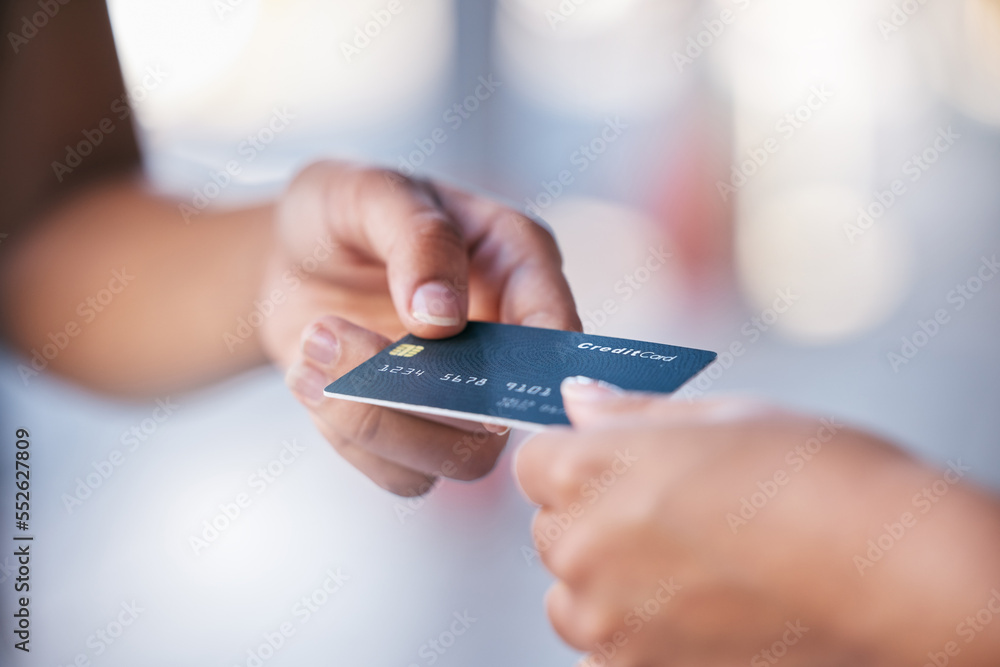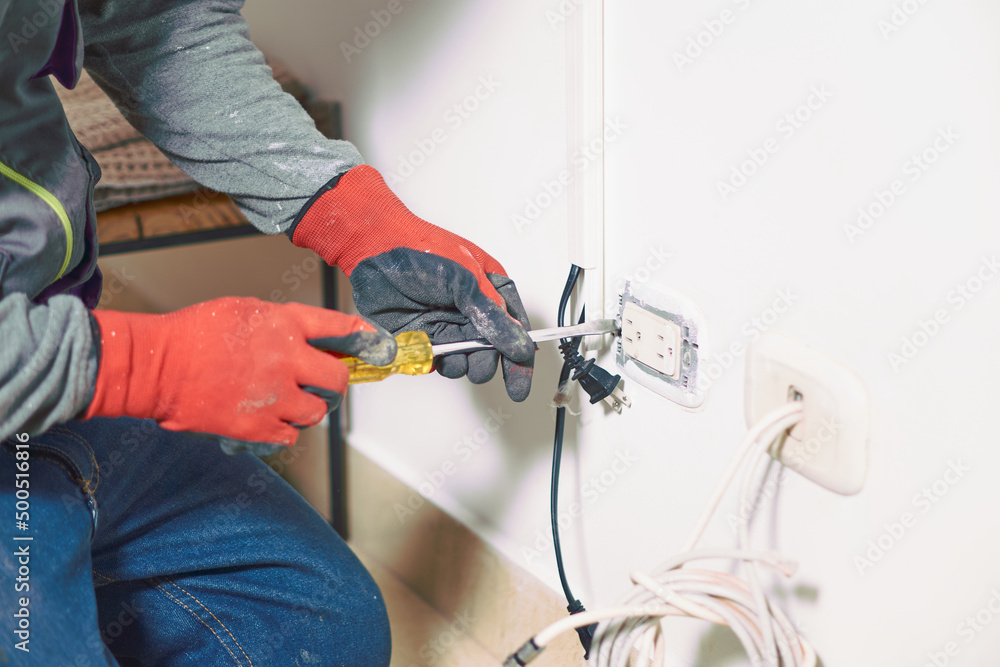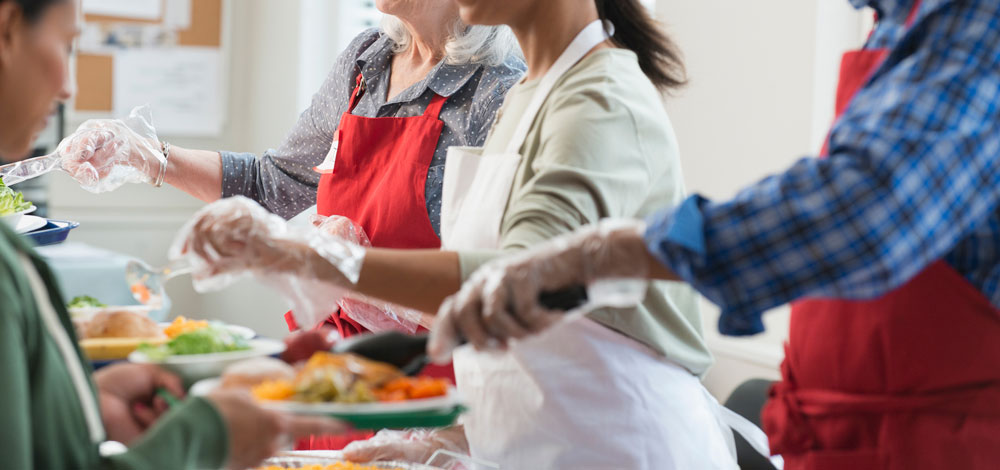
It Seemed Like a Good Idea at the Time
We’ve all mumbled the words, “It seemed like a good idea at the time”? I tend to mumble them a lot more often in the warmer months. It stems from my infatuation with summer… I’m smitten with her – I LOVE her. But summer is sneaky. She lures me in with her siren song only to bash me against the jagged cliffs of the not-so-fun pains of sunburns, bug bites, heat exhaustion, hangovers (yup, sneaked that in here) and food poisoning, to name a few. When it comes to summer, especially for me, love is blind – and apparently stupid;)
I know I’m not alone here… Summer has her intoxicating, amnesia-inducing effect on many. So I muscled up a few little fixes to help you through any heartache she may throw your way. So go ahead and enjoy what beautiful Mother Nature has to offer:
Curing The Summertime Blues
Sooth the Sunburn
1. Soak it up. For immediate relief, soak the sunburned areas in cold water (but not ice water) or with cold compresses for 15 minutes. The cold reduces swelling and wicks away heat from your skin.
2. Take a dip. If you’re burned all over, take a soak in a cool bath to which you’ve added oatmeal. You can either buy a colloidal oatmeal product, such as Aveeno or simply grind up a cup of oatmeal in a food processor and add it to your bath.
3. Give yourself a green tea compress. Brew up a pot of green tea and let it cool. Soak a clean cloth in the tea, and use it as a compress for sunburned areas. The tea contains ingredients that help protect the skin from ultraviolet radiation damage and reduce inflammation.
4. Freshen up with mint. Use the cooling, aromatic qualities of peppermint to quell the scorch of a sunburn. Either make peppermint tea or mix two drops of peppermint oil with a cup of lukewarm water. Chill the concoction and gently bathe the sunburned area.
5. For extra-painful spots of sunburn, rub the area gently with sliced cucumber or potato. They contain compounds that cool the burn and help reduce swelling.
6. Try some vinegar. Vinegar contains acetic acid—one of the components of medications such as Aspirin. It can help ease sunburn pain, itching, and inflammation. Soak a few sheets of paper towels in white vinegar, and apply them to the sunburned areas. Leave them on until the towels are dry. Repeat as needed.
7. Take a vinegary bath. If the sunburn itches, take a cool bath, but add two cups of vinegar to the bathwater before you get in.
8. Coat yourself. Mix baking soda and vinegar to make a thick paste, and slather it over the sunburned areas. Apply the salve before bedtime, and leave it on overnight.
9. Make your bed sunburn safe. Sprinkle your sheets with cornstarch to minimize painful chafing. (Use this technique only for bad sunburns, since you’ll have to wash the sheets afterward.)
10. Go for aloe. Apply a light coating of pure aloe vera to the sunburned skin, using either a fresh piece from the plant or in the gel form you can buy at the drugstore. If you buy the gel, make sure it’s 100% pure aloe vera.
Battle Bug Bites
1. Immediate treatment that may reduce swelling and pain consists of ice packs wrapped in a towel applied to the site of the bite or sting (frozen peas or corn can be used instead of ice as it will conform to the injured area).
2. Use acetaminophen or ibuprofen containing over-the-counter medications to reduce the pain.
3. A paste or watery mixture of baking soda applied topically may help reduce itching; calamine lotion or creams containing hydrocortisone or agents like lidocaine will also reduce itching and pain.
4. Over-the-counter medication containing diphenhydramine (Benadryl) can be taken orally to reduce itching.
Holy Heat Exhaustion
Okay, this is a dangerous one… Without prompt treatment, heat exhaustion can lead to heatstroke, a life-threatening condition.
Signs and symptoms of heat exhaustion may develop suddenly, or over time, especially with prolonged periods of exercise. Possible heat exhaustion symptoms include:
- Cool, moist skin with goose bumps when in the heat
- Heavy sweating
- Faintness
- Dizziness
- Fatigue
- Weak, rapid pulse
- Low blood pressure upon standing
- Muscle cramps
- Nausea
- Headache
If you think you’re experiencing heat exhaustion:
- Stop all activity and rest
- Move to a cooler place
- Drink cool water or sports drinks
- Contact your doctor if your signs or symptoms worsen or if they don’t improve within one hour. Seek immediate medical attention if your body temperature reaches 104 F (40 C) or higher.
The Homicidal Hangovers
Throwing back a few cold ones on a hot day can seem like a good idea at the time until of course you have to get up early the next day and your head is pounding. Obviously, the right answer here is to be careful how much you drink and to stay hydrated with water… but we can’t always be right;)
1. Turns out, time can heal all and sleeping through your body metabolizing last night’s happy hour will make you feel better. Just make sure to keep hydrated once your peepers finally open.
2. While water does the trick to hydrate, sports drinks like Gatorade and Powerade contain electrolytes (sodium, potassium, and chloride) that help replenish and restore your system levels. The sugar in the drinks gives you carbohydrates for energy.
If you’d prefer to go the natural route, try sipping on coconut water, which is stacked with electrolytes. Bonus: It’s low-calorie, non-fat, has less sugar than sports drinks and juices, and has been shown in some studies to be less irritating to your stomach.
3. Truth be told, the belief that a greasy breakfast or a little hair of the dog will help is false. Drinking more alcohol can make you feel even worse and prolong the hangover into the next day and while eating is important, a fried feast the morning after can actually irritate a sensitive stomach. I have heard crackers or toast with honey works wonders.
Ferocious Food Poisoning
So you think you’ve done your due diligence and packed a cooler with food and ice… just be careful. The rule of thumb: life begins at 40. Transporting your cooler in a hot trunk and leaving it out in the sun can quickly cause inside temps to rise. Bacteria start growing at 40 F. The best bet is to pack food on the bottom with ice on top and keep a cheap thermometer in between the food.
Picnics in the summer are awesome, just beware that food can sit out for less time than you think. Any longer than 2 hours on a warm day is a recipe for bacteria to grow. Make sure to watch the clock if you plan on setting up a buffet.
There’s an old adage – When in doubt throw it out… Not sure if something is still okay to eat? Food doesn’t have to look or smell bad to give you food poisoning. So if you’re not sure how long it’s been in the fridge or whether it’s safe to eat, it’s best not to.
I’ve left meat to thaw on the counter or in the sink plenty of times – it seems I am lucky I haven’t gotten sick. You may think you’re jump-starting the thawing process by leaving frozen foods out, but you’re really jump-starting bacteria growth. The best thing to do is thaw in the fridge or a cold bath in the sink (checking the water every 1/2 hour to ensure it’s cold).
Have a safe and happy summer!
POPULAR POSTS
-
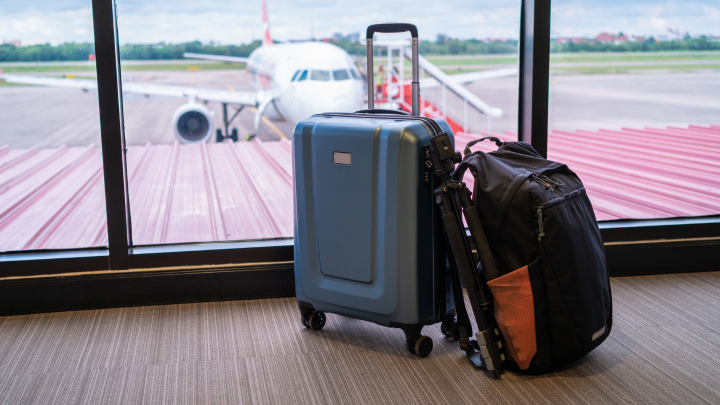 January 11, 2025Planning a Trip? Don’t Forget Travel Insurance
January 11, 2025Planning a Trip? Don’t Forget Travel Insurance -
 November 15, 2024Why High Net Worth Individuals Need Specialized Home Insurance
November 15, 2024Why High Net Worth Individuals Need Specialized Home Insurance -
 December 5, 2024How to Read and Understand Your Insurance Policy Like a Pro
December 5, 2024How to Read and Understand Your Insurance Policy Like a Pro -
 January 2, 2025New Year, New Coverage
January 2, 2025New Year, New Coverage











